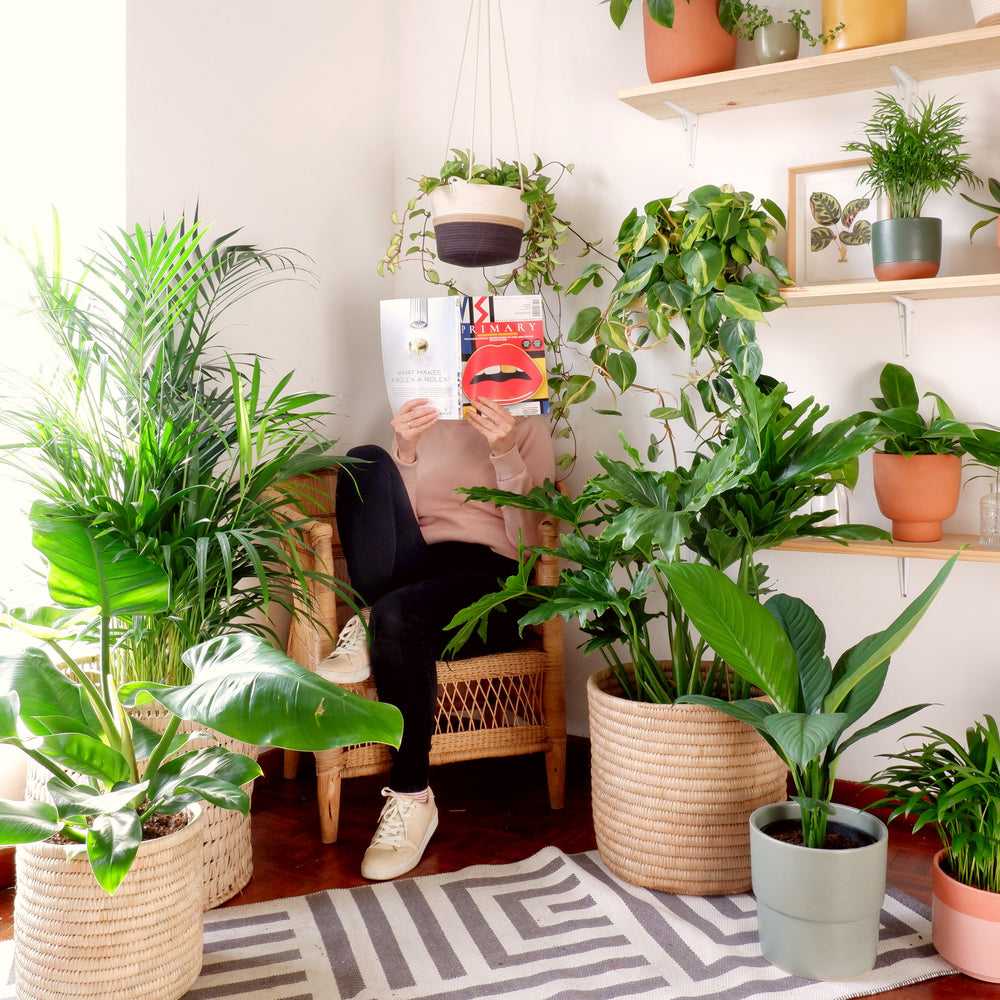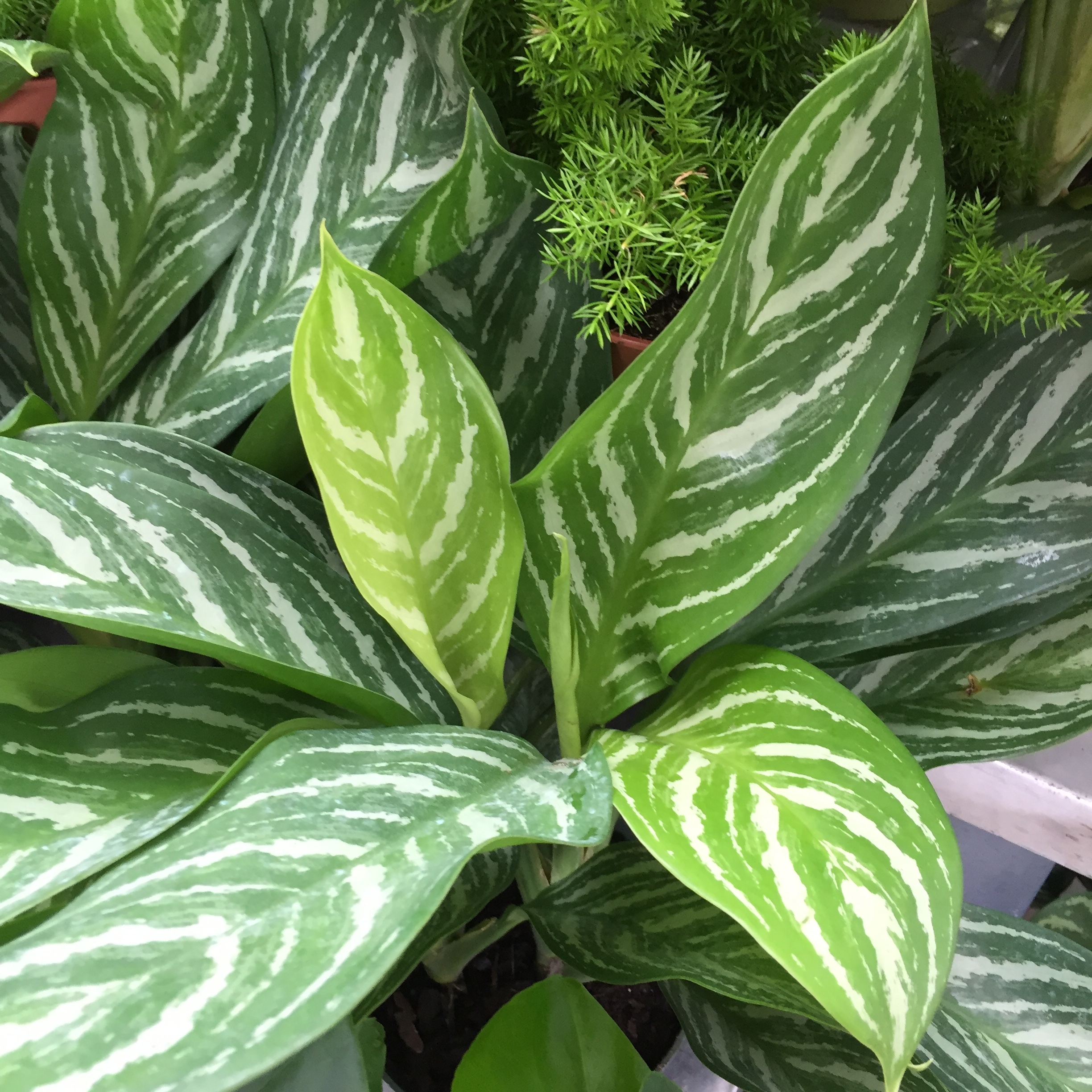Top 10 Best Low-Light Indoor Plants for Dark Rooms and Apartments
Check Out the One-of-a-kind Benefits of Low-Light Indoor Plants for Your Living Area
Incorporating low-light indoor plants right into your living space offers a wide variety of advantages that extend much beyond simple appearances. These hardy plants not just flourish in settings with minimal sunlight but also serve critical features such as air filtration and moisture improvement.
Air Filtration Advantages
Low-light indoor plants not only improve the visual allure of living areas however likewise play a considerable duty in air filtration. Study has shown that specific plant varieties can effectively eliminate common interior contaminants, including trichloroethylene, formaldehyde, and benzene. These substances usually emanate from home items such as furnishings, cleansing items, and building products, adding to indoor air quality issues.
Plants such as the snake plant, pothos, and peace lily are particularly skilled at filtering system unsafe substances from the air while prospering in low-light problems. The process of phytoremediation, where plants take in and metabolize toxic substances, enables these types to contribute substantially to a healthier interior environment. Additionally, via photosynthesis, plants launch oxygen, additionally boosting air high quality.
Incorporating low-light interior plants into home or office spaces not only gives visual advantages however additionally offers as a practical strategy for improving air quality. By selecting the appropriate types, people can develop a setting that advertises well-being and lowers exposure to dangerous pollutants, making these plants a necessary component in modern indoor living.

Mood Improvement Impacts
Various researches have revealed that incorporating indoor plants can considerably improve state of mind and total psychological health. The existence of greenery in interior settings has actually been linked to minimized stress and anxiety levels, raised feelings of calmness, and enhanced psychological health and wellness. Low-light indoor plants, specifically, grow in settings where natural light is restricted, making them best for various living areas.
Research study shows that engaging with plants can stimulate the launch of serotonin, a natural chemical linked with sensations of joy and health. Additionally, the act of taking care of plants promotes a sense of obligation and success, more adding to favorable mental health end results. Low-light plants such as serpent plants, pothos, and peace lilies have been revealed to enhance air quality, which is intrinsically linked to mood improvement.
Incorporating these plants into your home or office can produce a tranquil environment, using a aesthetic and sensory retreat from the stress of life - Best low-light indoor plants. As individuals spend raising amounts of time inside your home, the mood-enhancing results of low-light indoor plants become even extra vital, offering not just aesthetic charm yet likewise an extensive effect on emotional health
Low Upkeep Needs
For those seeking to improve their indoor areas without a significant time commitment, low-light indoor plants are a suitable selection as a result of their low maintenance requirements. These resilient plants thrive in less-than-ideal lights problems, making them ideal for offices and homes where all-natural sunshine is limited.

Pest resistance is another benefit of low-light indoor plants. Several selections are much less vulnerable to common insects, lowering the demand for constant monitoring and intervention. Furthermore, these plants generally expand more slowly than their high-light counterparts, implying much less frequent repotting and trimming are essential.
Visual Charm and Flexibility

In addition, these plants can be prepared in myriad ways, whether in groups for a lush impact or as standalone attributes to draw the eye. The selections of planter styles-- from sleek ceramic pots to rustic wooden containers-- further improve their aesthetic value, allowing homeowners to express their personal style.
In addition, low-light plants can be tactically placed in areas that may or else really feel disregarded, such as corners or poorly lit shelves, therefore optimizing their ornamental capacity. Inevitably, the mix of their striking look and adaptability makes low-light interior plants a valuable enhancement to any kind of home, producing a welcoming environment that promotes well-being and leisure.
Boosted Moisture Levels
Enhancing indoor moisture degrees is one of the significant advantages of including low-light interior plants right into living areas. These plants normally launch moisture vapor through a process called transpiration, which occurs when water soaked up by the origins relocates through the plant and vaporizes from the fallen leaves. This process not just increases humidity but additionally adds to a healthier indoor atmosphere.
Enhanced moisture degrees can relieve different health concerns, such as dry skin, breathing issues, and allergic reactions. Numerous people experience pain in dry indoor conditions, especially throughout winter season when furnace remain in usage. By purposefully positioning low-light plants throughout your home, you can produce a more balanced humidity degree that promotes total health.
Furthermore, certain low-light interior plants, like peace lilies and crawler plants, are particularly effective at raising humidity (Best low-light indoor resource plants). Thus, low-light interior plants serve both functional and aesthetic purposes, promoting a healthier atmosphere.
Conclusion
In summary, low-light indoor plants supply countless advantages that add to a healthier and more inviting living space. Incorporating these resilient plants right into interior setups not just raises the setting however additionally promotes general well-being, developing a serene shelter for residents.
Plants such as the serpent plant, pothos, and tranquility lily are particularly skilled at filtering harmful materials from the air while thriving in low-light problems. Low-light plants such as serpent plants, pothos, and tranquility lilies have actually been revealed to boost air high quality, which is inherently linked to mood improvement.
Low-light indoor plants, such as snake plants, pothos, and ZZ plants, not only enhance the visual landscape of a room but additionally introduce numerous structures and shades of eco-friendly that can enhance varied interior designs. These plants naturally release moisture vapor through a procedure known as transpiration, which occurs when water taken in by the roots moves via the plant and evaporates from the fallen leaves.Additionally, certain low-light indoor plants, like peace lilies and crawler plants, are specifically reliable at boosting humidity.